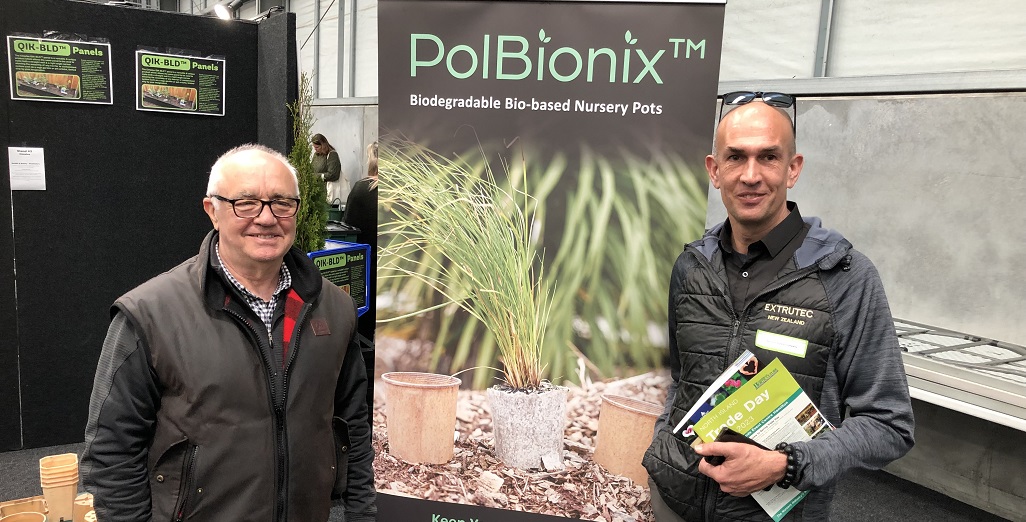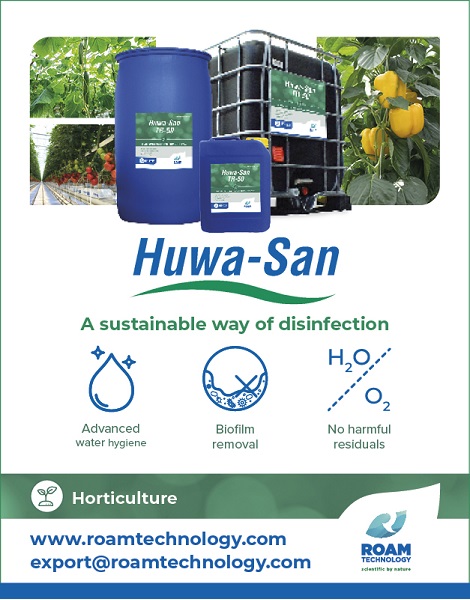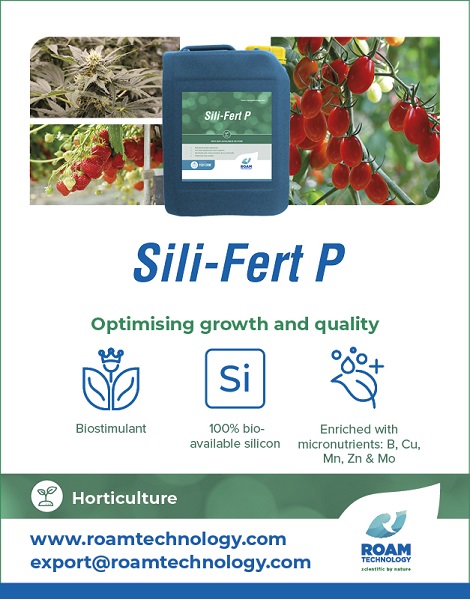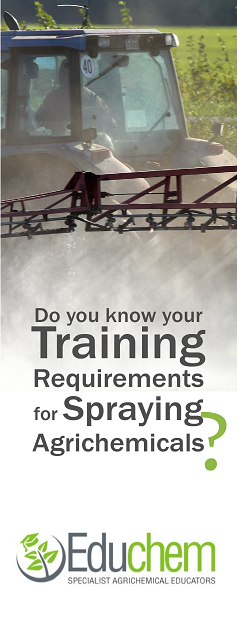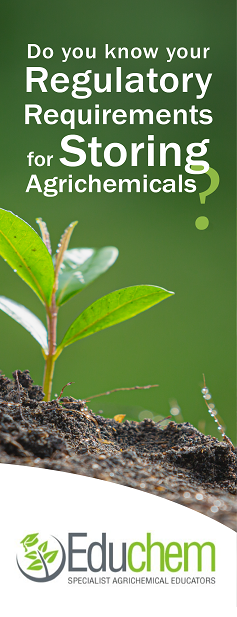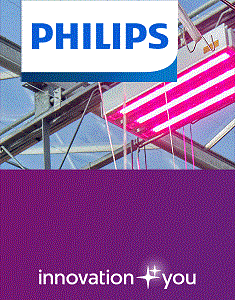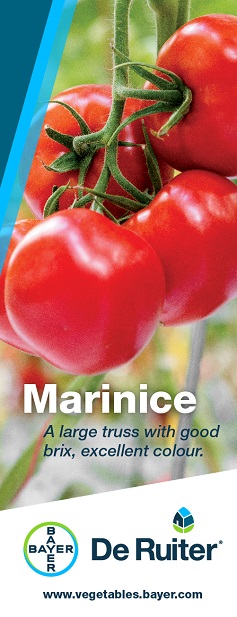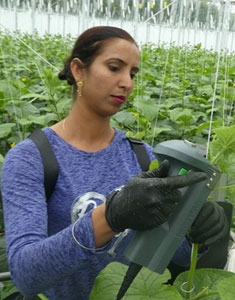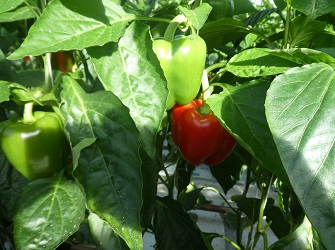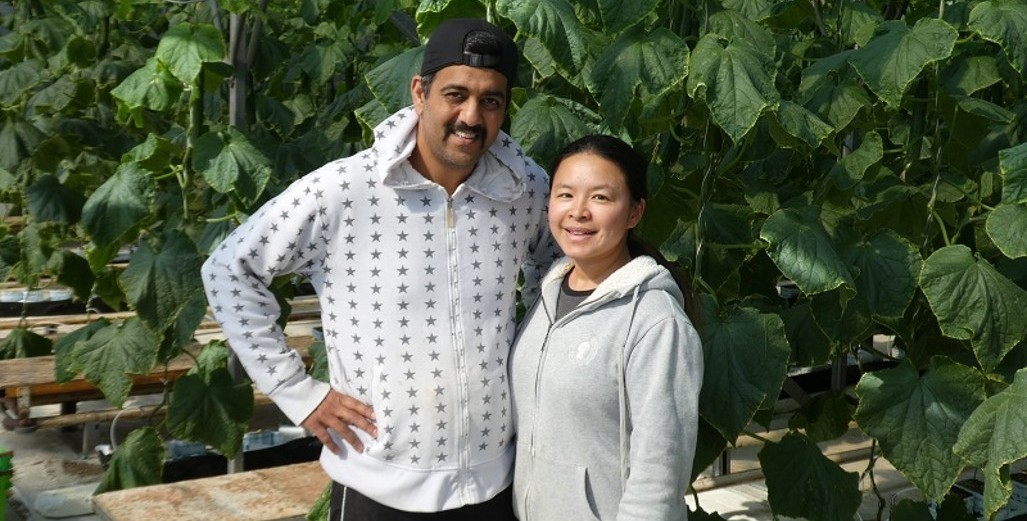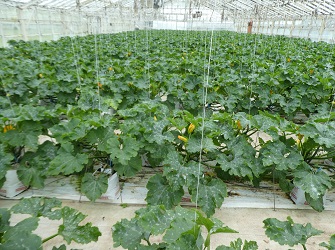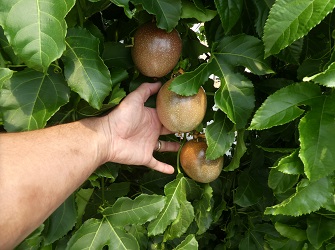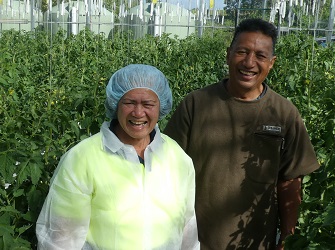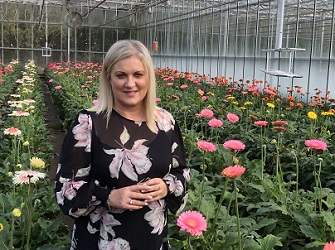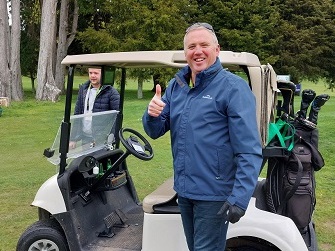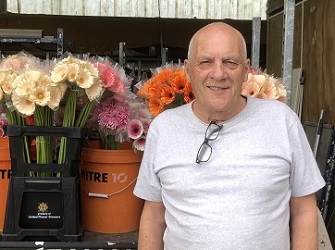Sign up here to subscribe to the Grower2grower Ezine. Every two weeks you will receive new articles, specific to the protected cropping industry, informing you of industry news and events straight to your inbox.
Jun 2023
Gummy Stem Blight (GSB) – Didymella Bryoniae an issue especially at or after first harvest
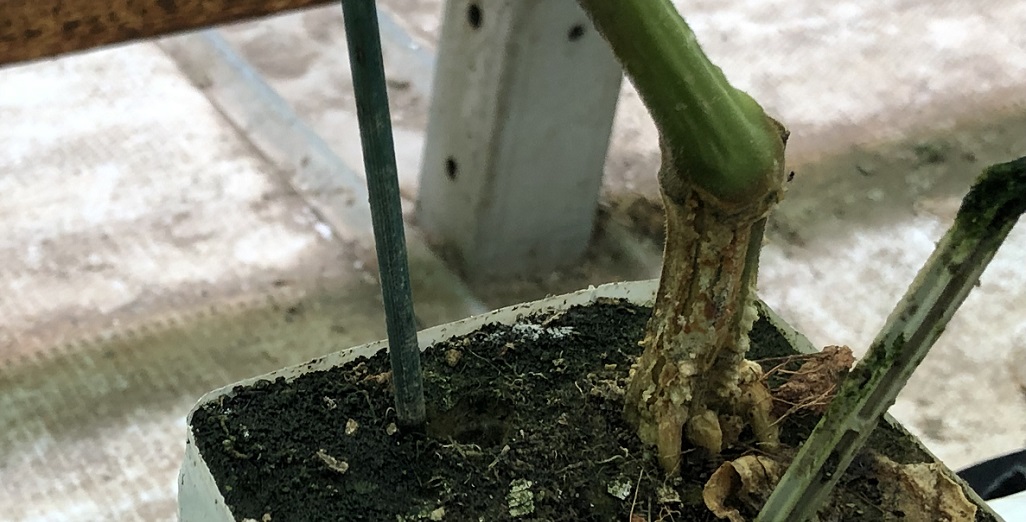
No sooner do you have one issue under a control another confronts you.
This year I have observed higher than normal pythium and fusarium issues for cucumber growers. Once diagnosed preventing losses is difficult for non-grafted cucumber crops. Using chemical intervention to ‘save a crop’ is not the silver bullet, it is a band aid approach. The thinking should be to salvage the crop you have but then really consider how to prevent the next crop rotation from a similar fate.
I recently visited a young crop which pre-harvest had no signs of fusarium or pythium effecting a standard, (un-grafted) plant. When I returned two weeks later, one week after harvesting had begun, I was disappointed with the level of Gummy Stem Blight (GSB) – Didymella bryoniae (fungus) infecting the base of the stem. This is not unexpected due to the plant being under stress from the fruits starting to near maturity. Staying on top of all the issues that want to kill your plants can be extremely challenging. You have one thing under control and then another will confront you.
Four years ago, Paddy de Vries a hydroponic specialist now living and working in New Zealand as Auckland South, Regional Manager for Horticentre Grou, authored an article for Grower2Grower explaining GSB and why it will normally appear at or after first harvest.
Identification:
https://www.grower2grower.co.nz/production-pitfalls-part-3/
Leaves, stems, and fruit can be affected. Leaf margins normally first show signs of infection: displayed as V-shaped zones of chlorosis. Leaf symptoms can be exhibited within the lamina of the leaf, sometimes incorrectly identified as Downy Mildew (Pseudoperonospera cubensis). While Downy Mildew exhibited as angular areas mostly within leaf veins, the GSB spreads over veins and is less angular. The GSB symptoms progress to become necrotic areas of dead tissue that turn brown and have a yellow halo around the necrotic parts. Close to the ground/medium level, the stems exhibit areas appearing dry and cracked with tan-coloured corky lesions. Within these lesions black fruiting bodies and beads of an amber exudate can be seen. Fruit may also exhibit corky lesions with concentric rings and fruiting bodies (e.g., squashes). Cucumber fruit will exhibit thinning of the flower end, often with black fruiting bodies on a larger than normal calyx scar. The fungus can completely decimate the stems and the plant withers and dies. Symptoms normally appear at or after first harvest when the plants may be weaker due to metabolites being sent to the main metabolic sink(s), the developing fruit, and plants are more susceptible to attack.
Prevention is always preferable to the cure:
There are always challenges and as the seasons change so do the gravity of the growing issues. A crop that is beginning to harvest one week prior to the shortest day, also when light is low, is one of the more difficult times to navigate. This is why prevention, especially for this crop situation is important to reduce the risk of disease impacting production.
Article compiled by Stefan Vogrincic
All Article’s checked and edited by Marie Vogrincic. For all media releases please send to marie@grower2grower.co.nz or upload directly: https://www.grower2grower.co.nz/article-form/
I appreciate your comments. Please feel free to comment on the grower2grower Facebook page or email: stefan@grower2grower.co.nz
CLASSIFIED
Photo
Gallery
Subscribe to our E-Zine
More
From This Category

Tomato grower applies Tobre after contamination

Whitepaper elaborates on safe recirculation of irrigation water
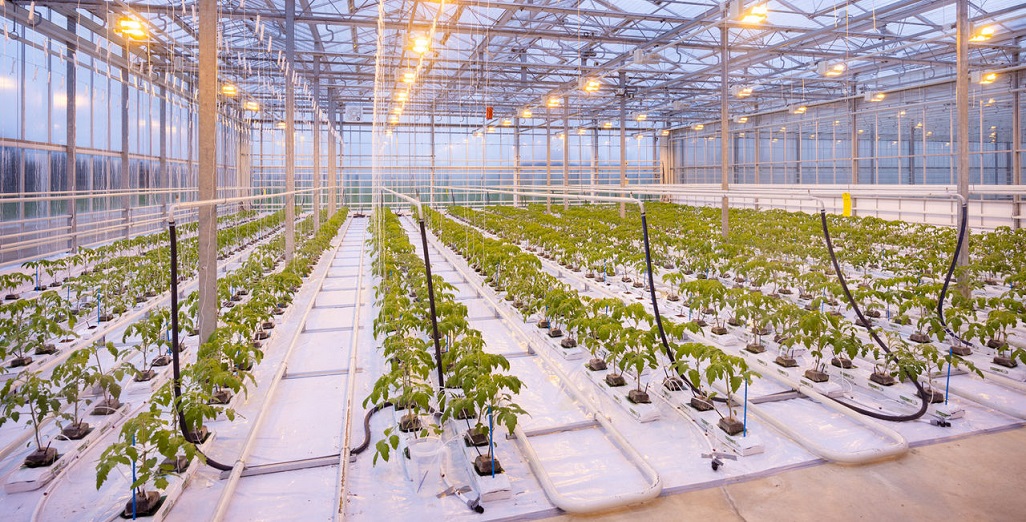
High hygiene standards are crucial to mitigate co-infection
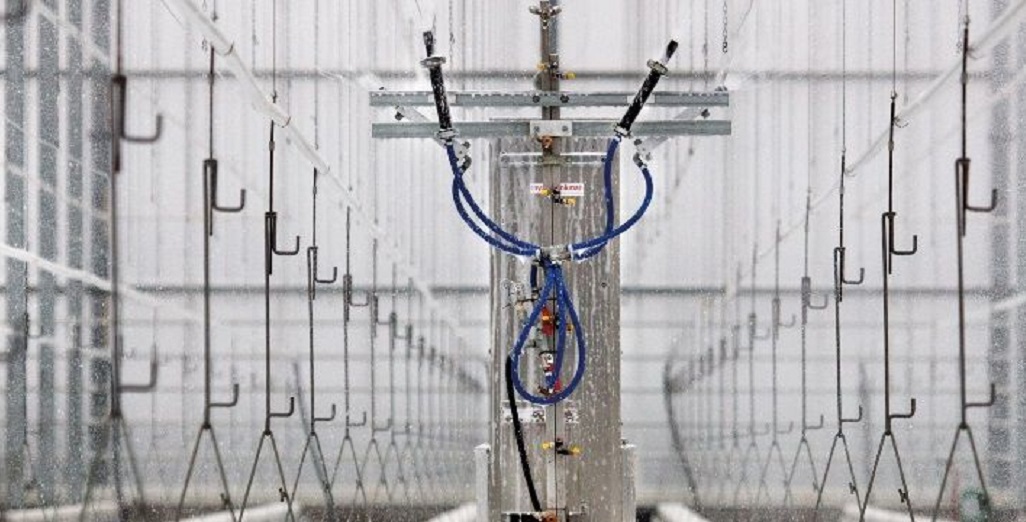
(Best of 2023) Hygiene a Priority in 2023
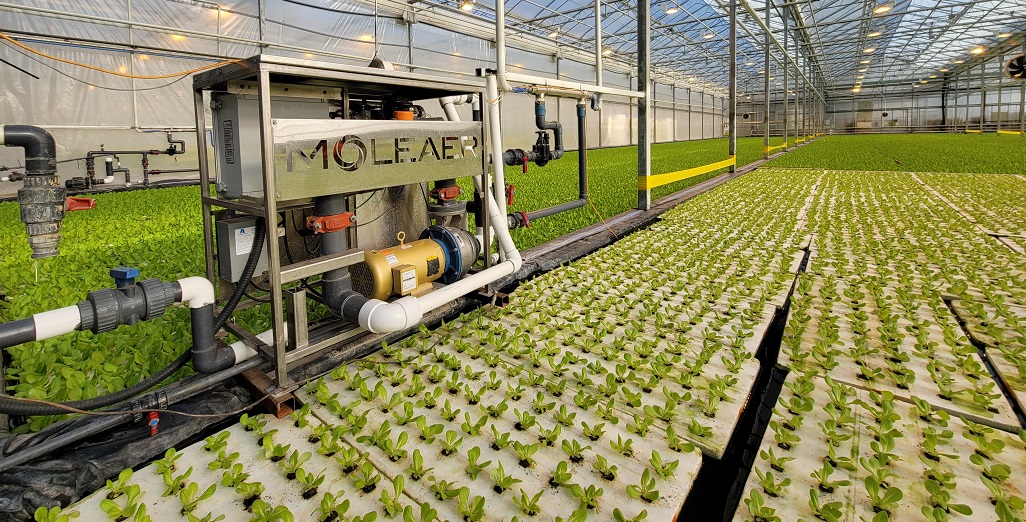
Maximizing Crop Yields with Nanobubbles
